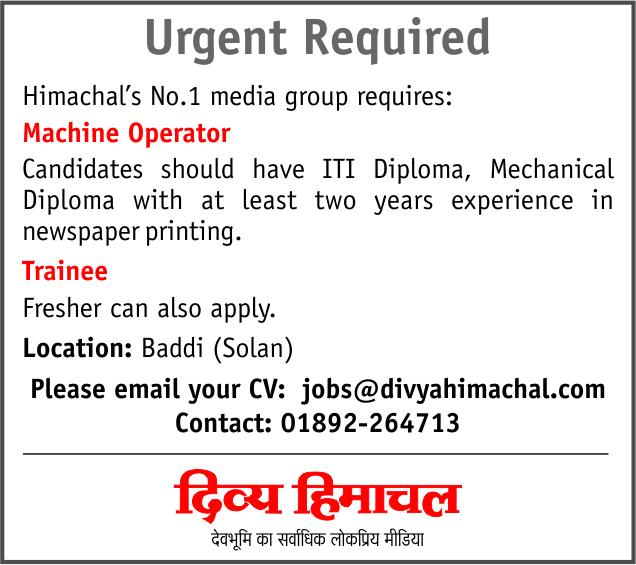Throwing Away Air India is No Cure
Prof N.K. Singh
(Former Chairman International Airports Authority ofIndia & former Adviser International Civil Aviation Organisation of UN)

I happened to be on the board of Air India and it was chaired by Mr. Rattan Tata. Professional management mattered and red tape could be tamed. However with the exodus of professionals and routine appointment of civil servants, the entire sector is facing chaos. Recently, a civil servant was appointed to head the AI but within few months he found cozier posting and moved to Railways. Air India or even aviation sector does not have its ownservice to provide the chief which is its greatest tragedy. Many years back professionals were preferred against bureaucrats but no more. No one is accountable as CEO has back up job in his cadre. Where are executives who swim or sink with the survival of enterprise?
Whether organisations are failures or success depends a lot on theleadership of the organization. No doubt, Air India is today in shambles because of continuous ruin brought in by no one else but the government itself by callous appointment and unwise decisions of buying airplanes not leasing them. Today it has 51,367crore debt burden and a turnaround plan indicated injection of Rs 30,000 cores in equity. Passenger load factor evaluating it capacity puts it in the bottom of all airlines. Nevertheless, it could show operational profit of Rs 8 crore. But why AI remained on operational table so long?
Way back in nineties a study was conducted by the International CivilAviation organization on effectiveness and institutional building in sub-Saharan countries. Organisations of African Airlines failed miserably to give satisfactory performance. Finally, UNDP asked me to coordinate and analyse the etiology and strategies to build the institutions. Most of the airlines were in dumps in the region. how Ethiopian Airlines were doing well and on profit remained a mystery? While there were many factors which I presented and the report was published by the UNDP, yet three factors I would like to mention as most important that apply to Air India also.
Leadership, accountability, and work culture transformation are most crucial factors in changing organisations. Regrettably, these have been neglected so far. Economists limited themselves to supply demand and consumer behaviour and technologists talked of efficiency of engines. Similarly financial experts talked of profit and loss. No one is talking even in India about work culture and leadership, which in our studies were of paramount importance in functioning of an enterprise, especially in Indian subcontinent where it is lacking or is dysfunctional.
In UNDP study of successful air line of African countries, it was stressed that these could change the financial and technical scenario once human resources operated with full motivation and morale. I distilled these findings even in my studies of airlines in Asian countries. All sick organisations are beleaguered with soft work culture which is nicknamed by me Chalta hai culture. Air India has talent and technical skill that can be classed as one of the best in aviation sector but why it is unable to achieve viability and efficient functioning. The answer was in three crucial factors of leadership, strategic planning and work culture. No one has paid adequate attention to these issues. Air India has massive resources and most important being its pilots and technicians. These personnel are no less skilled than any other airline.
They need good strategic planning and leadership to deliver. Unfortunately no government has paid any attention to it for almost a decade. Way back in 1977, two entities, Indian Airlines and Air India, weremerged that led to avoidable problems in organisation functioning between the two as they were working in a groove developed over decades and it got shattered. It led to no big deal and two continue to work virtually a two department. In eighties, a committee was constituted by the government to examine the merger and I was a member of the committee. Everyone wanted to toe the political line but I declined and gave a note of dissent as I recommended instead a holding company. Since that would have reduced bureaucratic control it was turned down by the same class and politicians followed it. Air India lost a lot due to such erroneous decisions. I still feel Air India can be turned around but no one will take thepain of doing it.
Keep watching our YouTube Channel ‘Divya Himachal TV’. Also, Download our Android App













